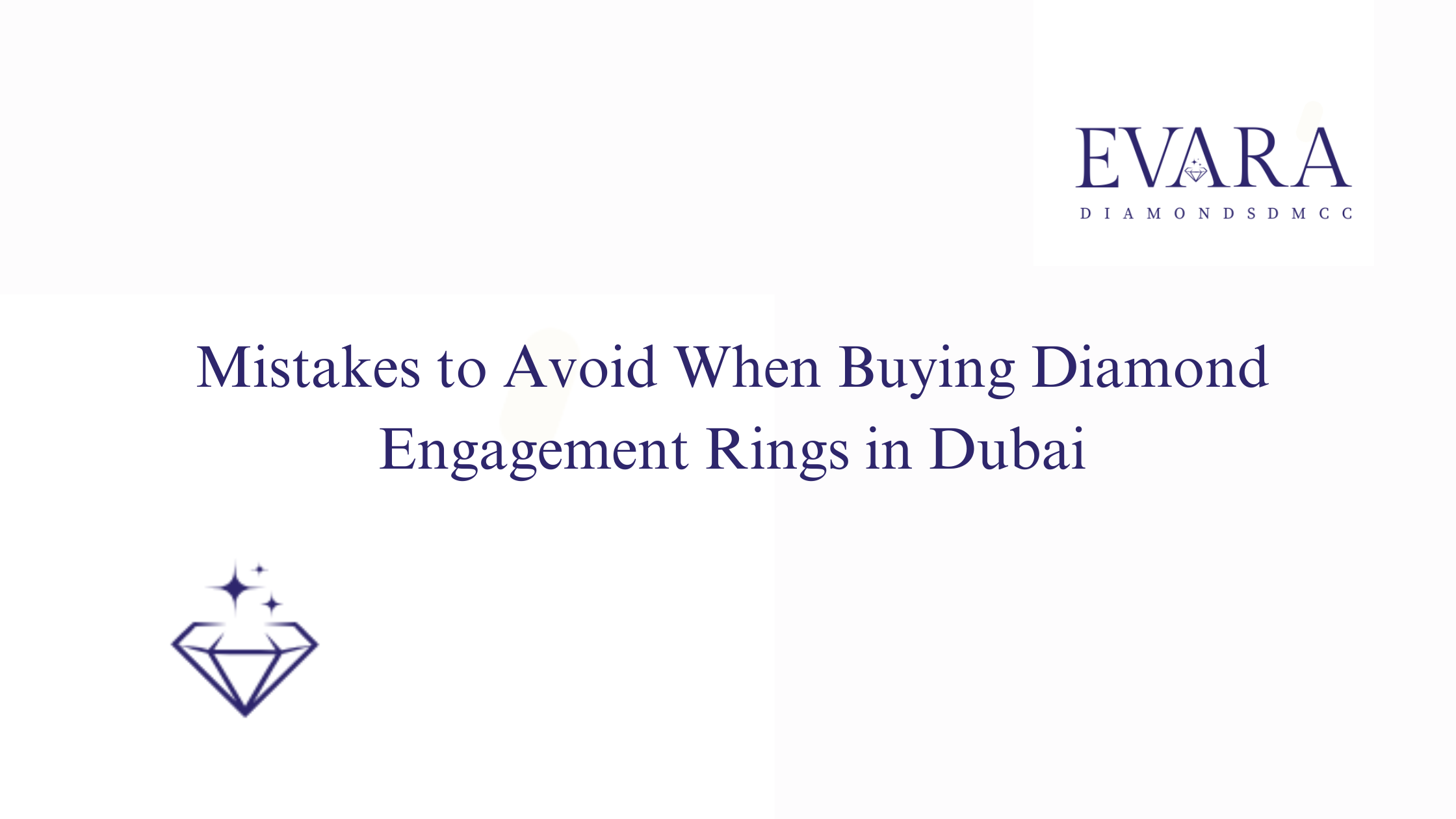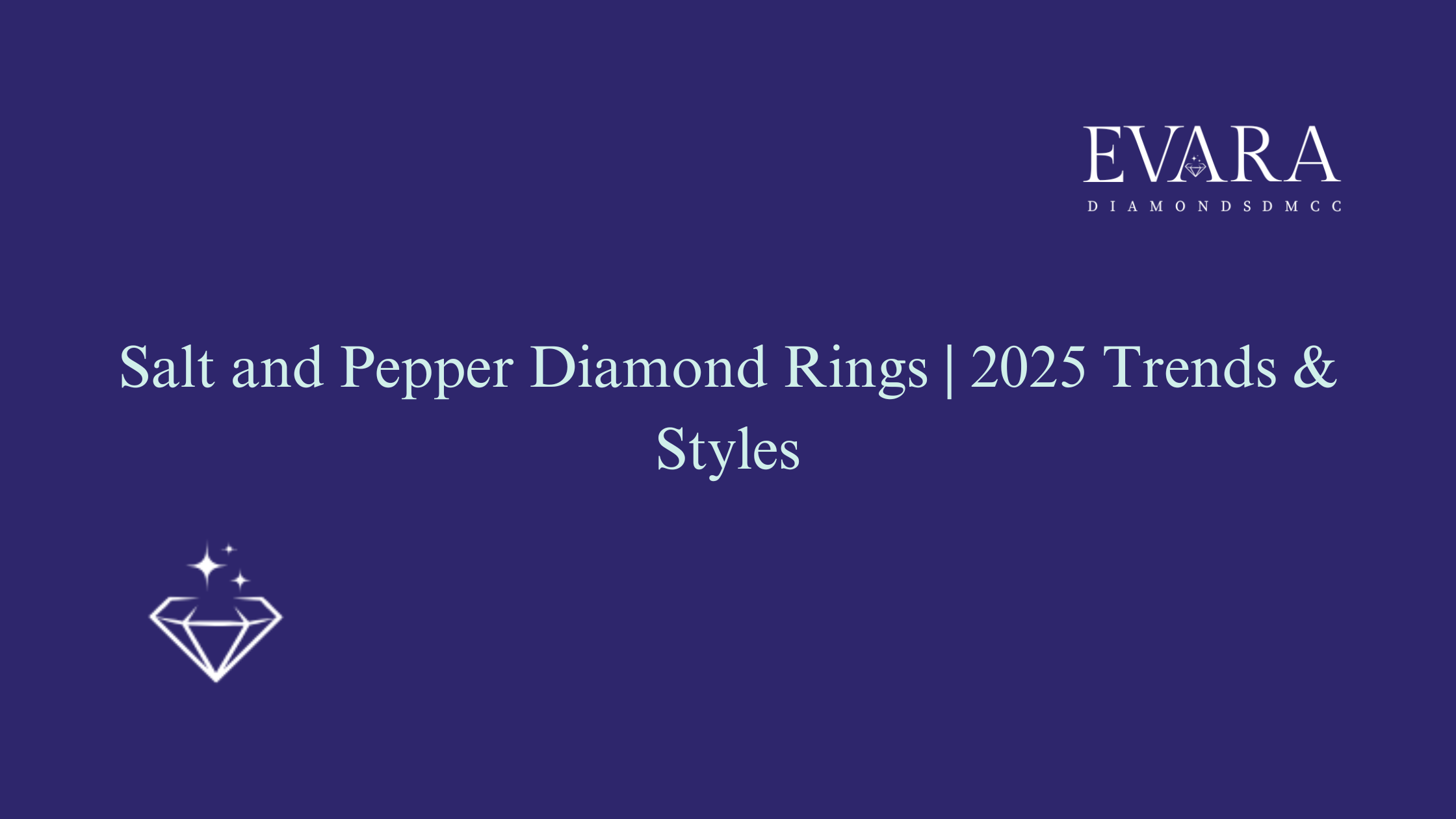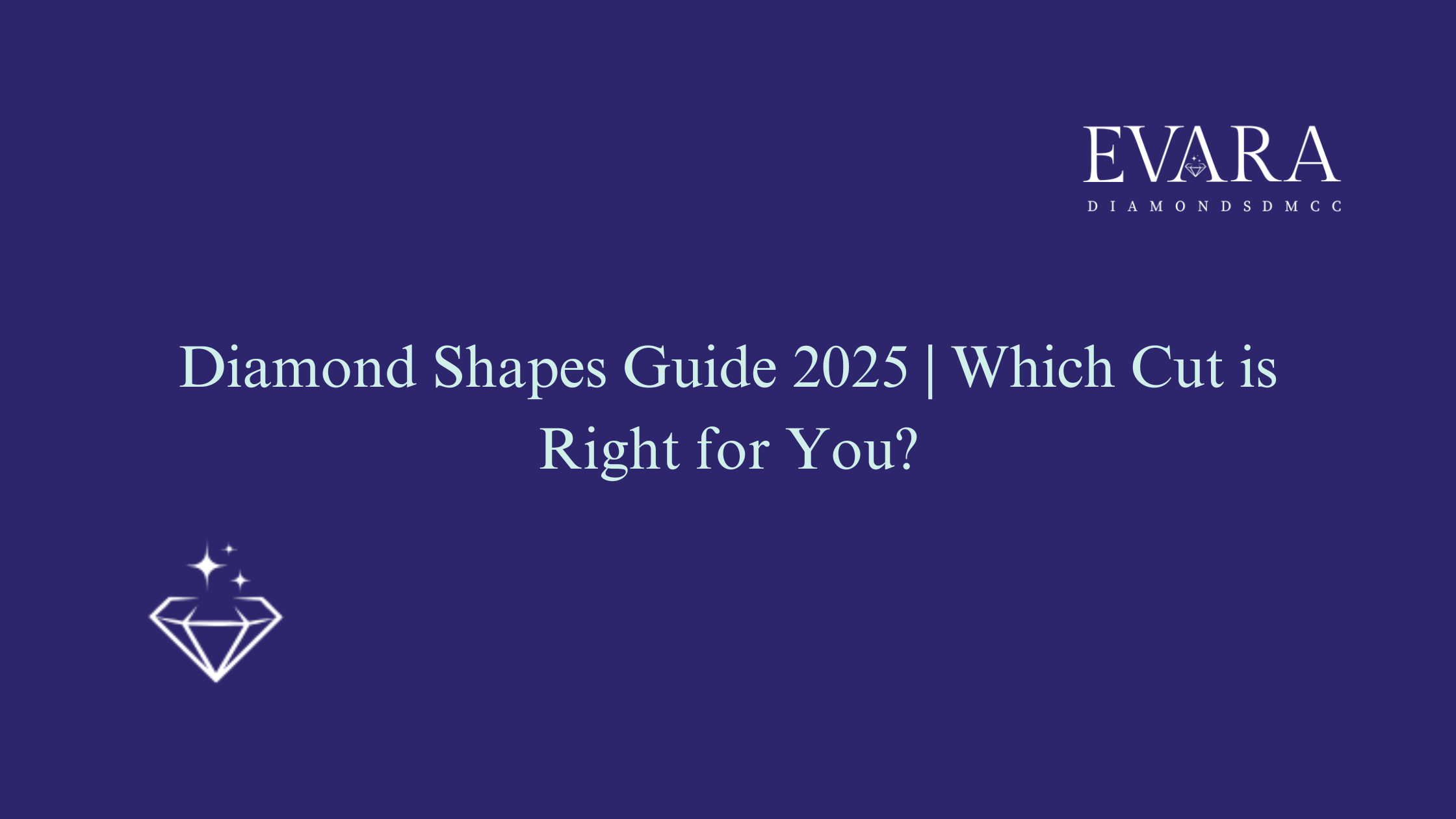Diamond Fluorescence
While diamond fluorescence may not be as prominent as the 4C’s, it remains a crucial characteristic that buyers cannot afford to ignore. The presence or absence of fluorescence can significantly affect a diamond’s overall appearance and value. Therefore, it is essential for buyers to understand what fluorescence in diamond is and how it impacts the overall aesthetics and worth of the gem.
What is Diamond Fluorescence?
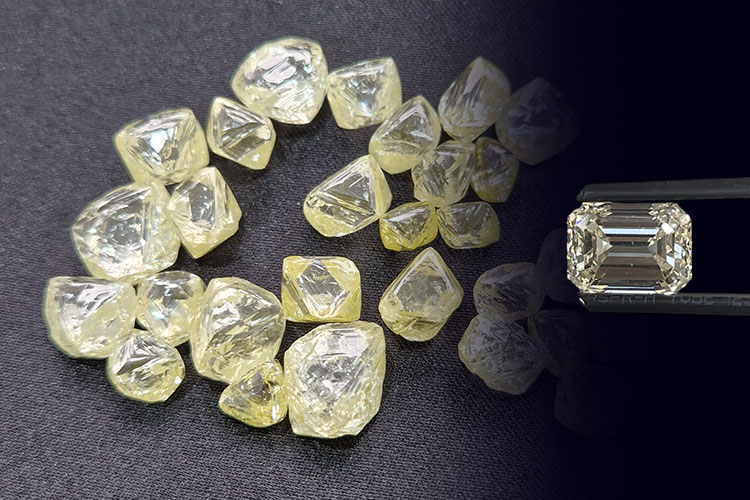
Diamond Fluorescence is caused by a phenomenon in which a certain amount of minerals or impurities brings a glow in the diamond when it comes in contact with ultraviolet (UV) light. However, this phenomenon is only applicable to 25-35% of diamonds. The nature of fluorescence, whether strong or minimal, depends on the concentration of elements like nitrogen, boron, or aluminum in a diamond. When concentration is high, the diamond emits a stronger glow and vice-versa.
Fluorescence has a direct impact on the appearance and value of a diamond. While, sometimes the glow makes the diamond look misty under UV lights, downgrading its appearance, and other times it makes the diamond look more natural in normal conditions. This gemological factor is a captivating characteristic of a diamond.
Diamond Fluorescence Grading
According to the Gemological Institute of America (GIA), the fluorescent diamonds are graded as per their magnitude. Since some diamonds possess fluorescence and some do not, and the level of intensity is also different, so to grade the Diamond fluorescence, GIA developed a diamond fluorescence grading scale.
This scale plays a crucial role in diamond grading, as it helps determines the impact of fluorescence on a diamond’s overall appearance, quality, and value. Understanding this grading system is essential for making informed decisions when purchasing natural diamonds.
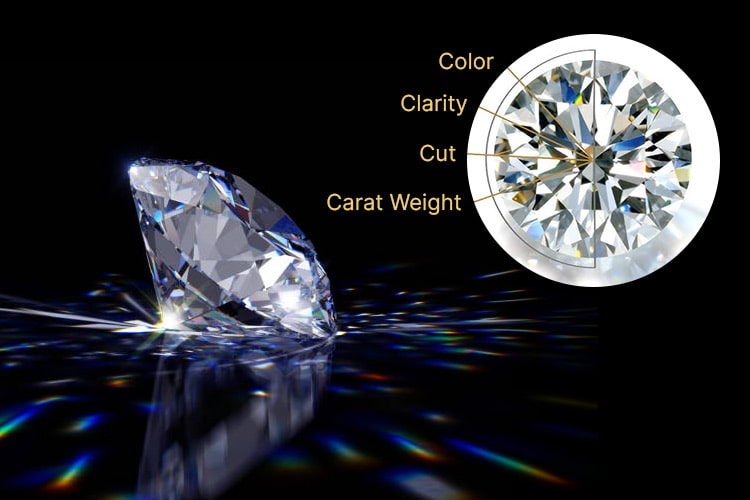
Diamond Fluorescence Chart
None
A diamond with no fluorescence is graded as none.
Faint
When diamonds emit a subtle blue glow, not detectable with normal eyes. It is graded as faint.
Medium
Hazy, cloudy, misty-looking diamonds that emit a blue glow under UV light, not noticed by normal eyes, are categorized as Medium grade.
Strong
Diamonds that exhibit a robust blue glow under UV lights, and their cloudy, hazy appearance is noticeable by unaided eyes come under strong grade.
Very Strong
These diamonds under UV lights display a phenomenal blue fluorescent color, and their hazy appearance is visible to the naked eye. These kinds of diamonds come under this grade.
To understand the effect of fluorescence on a diamond, gemological labs conduct different experiments under a controlled environment. To understand and observe the ramifications of this glow, gemologists exposed different diamonds under UV light and measured the effect. As per these experiments, they prepared a Diamond Fluorescence Chart, depicting the strength and visibility of the fluorescence.
The different grades of fluorescence have different effects on the appearance of a diamond. The diamonds that come under expensive categories like D-E-F grade diamond colors are valuable when they come without any glow. On the other hand, diamonds that fall under faint-grade fluorescence, here, fluorescence has a rare effect on the natural appearance of a diamond. In general terms, the presence of fluorescence is not considered good for diamonds, in most cases it harms the overall appearance and value of a diamond.
Causes Of Fluorescence In Diamonds
A natural diamond takes billions of years to take its shape and brilliance. During these billion years, elements like aluminum, boron, or nitrogen were incorporated in a diamond. When this diamond comes under the impact of ultraviolet (UV) light, it causes fluorescence in a diamond. The fluorescence is mainly blue in color. However, colors like yellow, orange, or green can be emitted depending on the characteristics of the element present.
When a diamond comes in contact with ultraviolet (UV) light, the electrons of any of these elements present in a diamond absorb energy. Now, when these electrons want to come to their original (neutral) state they release energy in the form of photons. These are the photons that make natural diamonds glow under specific conditions and this is known as fluorescence diamond.
Is Fluorescent Diamonds Good or Bad?
Before determining whether fluorescence in diamond is good or bad, it is essential to understand its overall effect on the diamond.
Diamonds that fall into lower GIA color diamonds categories like I, J, and K will benefit if they showcase the property of fluorescence. The emission helps them to look more natural, and attractive. Many buyers like that external touch in a diamond and appreciate buying one. This unique glow attracts certain buyers and it increases their overall appearance.
On the other hand, the higher diamond color grades like D, E, and F get adversely affected by fluorescence. The blue glow makes them look hazy and diminishes their natural brilliance. The cloudy appearance of certain diamonds makes them less attractive to buyers. When the natural brilliance of a diamond gets tinted, its value gets depreciated, especially in the case of high-grade colorless diamonds or white diamonds.
The fluorescence has both good and bad effects on a diamond. It is a subjective case and must be considered after evaluating its overall impact on the stone.
Start Your Diamond Search Here
How Fluorescence In Diamonds Affects Its Value?
Fluorescence has a two-fold effect on the value of diamonds. In some cases, it appreciates the diamond prices, and in some, it downgrades the prices.
Colorless diamonds with higher GIA color grades (D-F) find no buyer if they show a blue or colorful glow under UV light. The reason is simple; here, diamond fluorescence is a flaw. It diminishes the natural brightness of a diamond, making it look hazy. To sell these kinds of diamonds, a seller needs to give excessive discounts.
However, fluorescence can make a diamond premium too. Diamonds with low GIA color grade (I-M) look whiter due to fluorescence. The blue color glow goes well with the yellowish tone of these diamonds, offering them an appearance close to natural white. This puts them under the category of ‘higher quality stones’ and makes them valuable.
Should I Buy A Fluorescent Diamond?
Before buying fluorescent diamonds, evaluate its overall appearance and brilliance under different lighting conditions. Diamonds with lower color grades look more alluring and brilliant due to fluorescence. It enhances their visual appearance and offers them colorless appeal with increased brilliance. But, colorless diamonds with higher color grades get a hazy look due to fluorescence. It reduces their natural brightness and makes them look yellowish in color.
It is a personal choice whether to buy a fluorescent diamond or not. If a diamond becomes more attractive with fluorescence and appealing to the eyes then it is worth buying. Also, prioritize your requirements and budget before buying a diamond.
FAQs on Diamond Fluorescence
Why do diamonds fluoresce?
When elements like boron, nitrogen, or aluminum are present in a natural diamond, electrons of these elements absorb energy from UV light and create a fluorescent effect.
Does fluorescence affect diamond grading?
Yes, fluorescence affects diamond grading both in bad and good aspects. For lower-grade diamonds, enhance their overall appearance. In the case of colorless higher-grade diamonds, it makes them look hazy.
How Fluorescence Affects Value of Diamonds
The prices of lower-grade diamonds will increase due to the fluorescence effect in the diamond. While the value of colorless high-grade diamonds gets diminished due to the hazy impact it causes.
Are Fluorescent Diamonds More Expensive?
No, fluorescent diamonds are not very expensive. However, the fluorescence effect may increase the price of lower color-grade diamonds, but it does not make them very expensive.
Is Diamond Fluorescence Important?
It depends on the buyer, whether he/she wants a fluorescent diamond or not. Some diamonds give an alluring appeal due to fluorescence, while others lose their natural brilliance.
What Does Faint Fluorescence Mean?
It refers to a situation where diamonds exhibit minimal blue glow under UV light. It rarely affects the overall appearance of a diamond.
Shop Diamonds by Shape
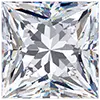
Princess
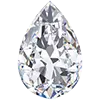
Pear
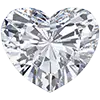
Heart
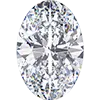
Oval
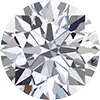
Round

Emerald
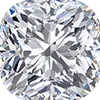
Cushion
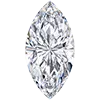
Marquise
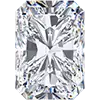
Radiant
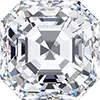
Asscher
50+years of excellence in the diamond industry
Recent Blogs
We provide valuable insights and knowledge for those who are interested in purchasing or simply learning more about these exquisite gems.
